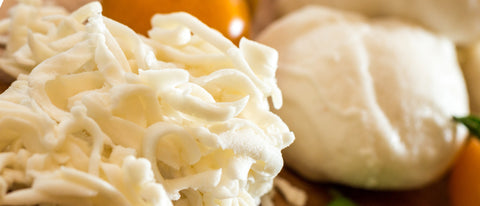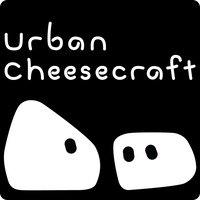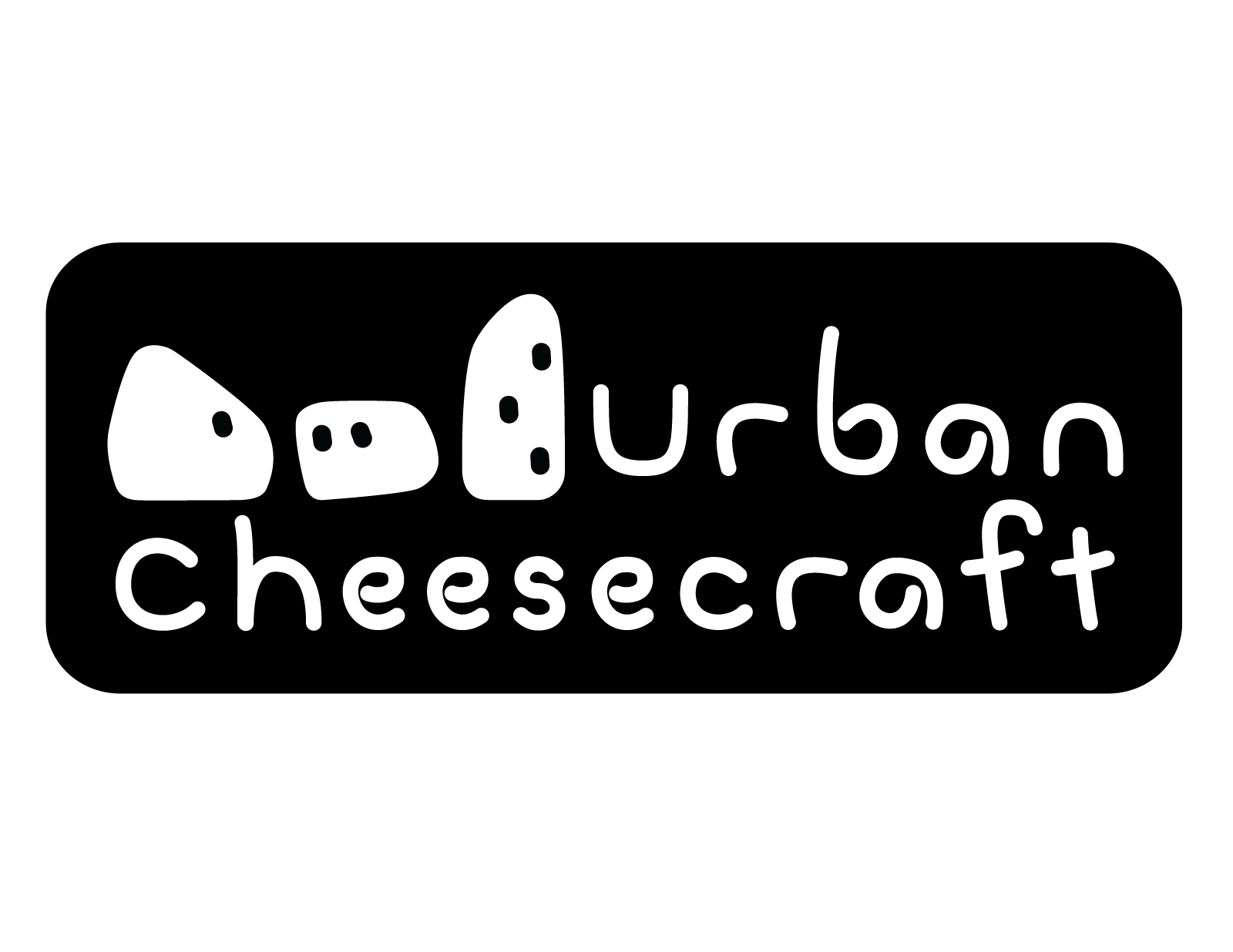Fun Facts and a Cheese Tasting Exercise
Lactose- Milk sugar! Sugars end in ose
Lactase- Milk enzymes! Enzymes end is ase
Do you know your ABCs, what about your Ose and Ase?
These work together to help us digest milk. Isn’t nature cool?!
What does lactose intolerant mean?
You’ve heard that some people are allergic to lactose? That means they have trouble digesting the sugar in milk. They might get a stomach ache when they eat ice cream for example.
Some people say they can drink raw milk, just not pasteurized milk.
What is Pasteurization?
This is from the website, www.realmilk.com
“ It set out to accomplish two things: Destruction of certain disease-carrying germs and the prevention of souring milk. These results are obtained by keeping the milk at a temperature of 145 degrees to 150 degrees F. for half an hour, at least, and then reducing the temperature to not more than 55 degrees F.”
It's true, it does kill harmful germs but unfortunately, it also kills helpful bacteria and it is thought that those helpful bacteria create lactase in the stomach and help us digest milk. You should know that people can really argue about the safety of raw milk (not pasteurized) and it is not even legal in all states. That’s because dirty or contaminated milk can make people very sick. Learn more and find recipes and videos on www.urbancheesecraft.com That is true of a lot of food, isn’t it?
Some of you may live on a dairy farm and drink raw milk every day. Some of you might be scared to try it. You do have to be careful when it comes to raw milk but it is safe when clean and from healthy animals. Best of all, raw milk becomes cheese very easily! Don’t worry though, our recipes are tested with pasteurized milk too and they work just fine.
If you are allergic to ALL milk and you still want cheese, we can help you make dairy-free cheese!

How can there be “cheese” without dairy?
Well, technically it’s not really cheese but there are some nuts, beans and veggies that can taste and look like cheese if prepared properly. It’s pretty incredible. When recipe testing at Urban Cheesecraft, we taste real dairy cheese, close our eyes and try to detect all the different flavors so we can make our dairy-free cheese taste just as good.
HOW DO WE CREATE A CHEESY TASTE, LOOK AND TEXTURE WITHOUT DAIRY?

We like to think of our dairy free cheeses as great creamy sauces and soups first. That way they are filled with real food and delicious flavors anyone would like.
Then we make them thick and creamy with nuts, beans, and tapioca (similar to a potato).
Cheese is fatty and satisfying so it’s important to add healthy fats. The nuts or seeds can help with that along with some olive oil, coconut, or avocado oil. They also help the cheeses melt like real cheese!
Finally, the flavor balance…this is the tricky part that requires a lot of tasting and recipe experiments! Try the tasting exercise on the next page so you can experience and practice part of our process.

CHEESE TASTING EXERCISE:
Try this with any cheese, dairy or dairy-free.
Create a small platter of cheese cubes- just a snack-sized amount. It can be one cheese or several. All homemade or a combination with store-bought. It’s up to you.
Allow the cheese to sit at room temperature for 15 minutes (out of the fridge). The fat softens in the warmer environment. That makes it easier to taste details once the cheese is in your mouth. It’s a great way to enjoy cheese too!
Add some plain bread or crackers like baguette or saltines. You will use these to “cleanse your palate” in between tastes. This essentially moves all the cheese bits left on the roof and rest of your mouth down your throat (water helps). This way, they do not flavor your next bite.
Pour a tall cup of water for yourself. Drink some with the bread or crackers in between cheese bites. You want your cheese tastes to be as pure as can be.
Grab a pencil and get ready to taste and detect details!
1. Eat a cracker and a drink some water so we can start with a fresh palate.
2. Take a small bite of cheese and chew slowly allowing it to melt in your mouth.
3. Close your eyes. What do you taste first? Place a number next to the flavor below and then write down any thoughts that come to mind.
___ Salty- Describe it. Did it make your thirsty?
________________________________________________________________________
___ Tangy- Describe it. Did it make your mouth water?
________________________________________________________________________
___ Bitter- Describe it. Is it in the back of your throat?
________________________________________________________________________
___ Sweet- Describe it. Is it kind of like butter or cookies?
________________________________________________________________________
___ Umami- This is a nice flavor that doesn’t fall under the categories above. Just yummy!
________________________________________________________________________
___ Other flavors? Spicy, grassy- did you add any herbs or spices? Write them here:
________________________________________________________________________
It’s a fun challenge to taste in such detail, isn’t it? You can try it with fruit, soup, or any other food!
Now you have earned your badge as an Official Cheese Taster. Have fun!




